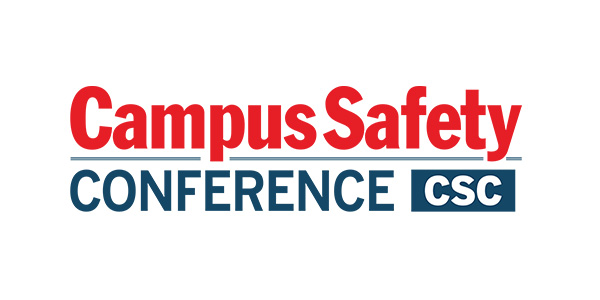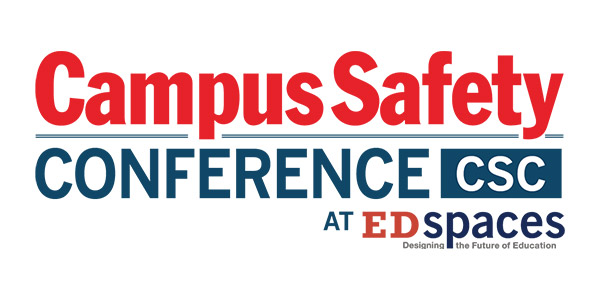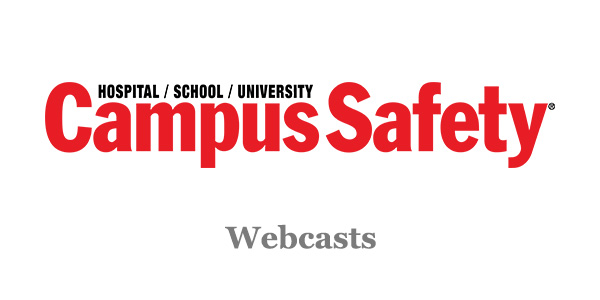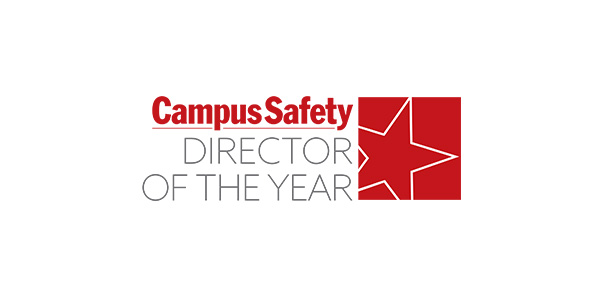Leaders at college campuses across the country are rethinking the foundations of their security infrastructure. For many, the biggest shift underway is moving away from traditional on-premise video security systems toward hybrid-cloud solutions.
The catalyst for this shift is clear: on-premise systems were never designed for the scale, complexity, or urgency of today’s security needs. They’re difficult and costly to manage, require tedious maintenance, and often create unnecessary friction in emergency response. Instead of empowering security teams, these legacy systems tend to create more roadblocks than results.
Cloud-based physical security solutions are changing this.
Video security camera deployments managed in the cloud are easily deployed across multiple sites and locations, intuitive to use, and continuously updated with powerful new features and analytics, empowering education leaders to respond quickly and effectively in emergencies when seconds matter.
Cloud-Based Video Surveillance Simplicity at Scale
One of the biggest challenges college campuses face when it comes to video security is managing their system at scale. Security teams are often responsible for managing hundreds—sometimes thousands—of cameras across sprawling campuses. With on-premise systems, each camera typically requires manual configuration, local storage management, and ad hoc manual system updates or on-site troubleshooting, making it difficult and time-consuming to maintain a consistent level of visibility and uptime across locations.
Cloud-based systems reverse this script. Video security cameras connected in the cloud allow teams to onboard, configure, and manage devices across multiple sites from a single dashboard. The cloud removes the need for local servers, complex setup processes, or frequent physical site visits to perform updates or troubleshoot issues. With the cloud, installation is magically simple: video security cameras are up and running as soon as devices connect to power and internet. This simplicity unlocks the kind of scalability that is especially valuable for campuses that are constantly growing or evolving their physical footprints, whether that’s opening a new building or facility, renovating an existing space, or expanding to satellite campuses.
Smarter, Faster Incident Response with Cloud-Based Video Surveillance
Time matters most when an incident occurs on campus. Cloud-based video security systems give security teams the speed and flexibility to respond in real-time – enabling them to view live footage and investigate incidents from anywhere using a mobile device or web browser. Sharing critical footage with stakeholders is just as seamless. Teams can instantly send footage to law enforcement or administrators through secure links via email or SMS, helping accelerate investigations and improve coordination.
Cloud-based video security cameras also integrate easily with other security tools and systems that provide essential information for campus security teams. For example, a panic button integrated with video security cameras can be programmed to share a live video feed of a lecture hall with law enforcement, campus leadership, or both simultaneously, giving first responders real-time visual context before they even arrive on the scene.
And because cloud-based video security platforms are automatically updated with new software features and improvements, schools can quickly adapt to evolving threats without the need to invest in major upgrades or overhauls. For example, if a new AI-powered feature like loitering detection or line-crossing alerts becomes available, it’s instantly accessible to teams and ready to use without the need for a manual system upgrade. AI is rapidly accelerating the speed at which providers can bring new and novel features to market, so campuses with cloud-based systems have a clear advantage in accessing the most advanced tools available.
Cloud-Enabled Video Security in Action: Pasadena City College
A great example of how cloud-based video security can transform security and operations across is Pasadena City College, a community college in California serving more than 30,000 students.
Pasadena City College had long relied on a complex, aging on-premise system. Roughly 20% of its 300 cameras were offline and servers required frequent maintenance. While they set out to find a solution that was more reliable, they found that moving to a cloud-based video security platform could do so much more: from eliminating costly on-premise servers and enabling remote access to footage to accelerating incident response with far more powerful and intuitive investigative tools.
“The ability to say ‘I’m looking for a Honda Accord’ and have the system identify it makes footage retrieval so easy,” said Matthew Camara, Assistant Director of Technical Services at Pasadena City College. “It took me 10 minutes to train campus police on how to use [our system], and they were just floored by what it could do.”
The Future of Campus Safety Is in the Cloud
As the safety landscape for colleges and universities continues to evolve, so must the systems designed to protect them. Cloud-based video security platforms offer a modern, scalable, and future-proof approach—one that meets the speed, complexity, and responsiveness that campuses of today and tomorrow demand.
Abraham Alvarez is VP of Product Management, Cameras, at Verkada.
NOTE: The views expressed by guest bloggers and contributors are those of the authors and do not necessarily represent the views of, and should not be attributed to, Campus Safety.







